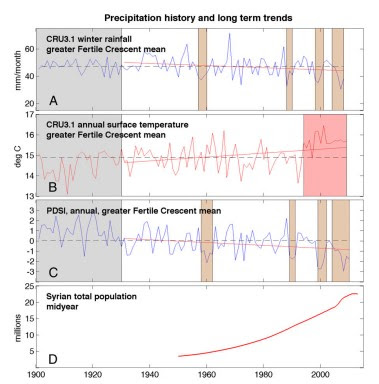Firstly I’d like to wish all my
readers a HAPPY NEW YEAR, and apologise for the not so cheery blog post you’re
about to read.
You may have noticed that the news
was dominated by reports over government subsidy cuts to households installing solar
panels - ‘just days after agreeing to move swiftly to a low-carbon
energy future’ at COP21 (Macalister,
2015).
Is this a step backwards in the
UKs transition to a green future?
Does it undermine the efforts
made in the domestic arena to tackle climate change?
“These cuts are
snatching defeat from the jaws of victory”
Financial incentives have ‘encouraged
the installation of solar panels’ in the past and are crucial to fostering ‘environmental
citizenship’ (Brignall,
2015; Upham,
2012). Subsidies including the ‘feed-in tariff’ (Fit) have been labelled by
Greenpeace UK as ‘vital’ to facilitating household contribution to the
renewable industry and a low-carbon UK (Casson,
2015).
So, their removal is certainly questionable, and
will alter future household investment in renewable energy and perhaps the survival
of the UK’s renewable industry itself! – not the best start to 2016!
Table 1) % of respondents citing obstacles to installing renewable technology
Stating that ‘policy reaches into
everyday lives and private spaces’, Bulkeley’s
(2015) paper highlights the challenge of both ‘unlocking carbon’ and ‘locking
in new and renewable forms of energy’, rendering the subsidy cuts as even more
puzzling!
What’s worse, fossil fuel subsidies
have NOT been cut, providing no means of incentivizing people to curb fossil
fuel consumption (Coca,
2015)! Confused? Me too!
“When the cost of technologies come down, so should the consumer-funded support.”
~ Amber Rudd
(Secretary of the Department of Energy &
Climate Change)
However, when talking to Paul Wilson from Baxi
SenerTec (04/01/2015), I realised it’s not quite so black and white. There are
genuine issues with Solar Panels in the UK and reasons for government cuts.
Issues:
- Weather is ‘not conductive’ to
generating continuous heat & electricity
- Electrical grids ‘cannot cope’
with the power sent back to them, causing “dumping”
Cut Justification:
- Not considered a ‘viable
renewable energy source for the UK market’
- Payback schemes give ‘companies,
not individuals, the opportunity to profit from renewable energies’
- Solar PV seen as a profitable
market as opposed to ‘something that helps the planet’
- The UK is the only country that offers
government payback for using renewable energy sources
Paul
also explained how the UK is ‘on track to achieve the CO₂ reductions set by the
1997 Kyoto Protocol’, and that in comparison to global leaders in CO₂
production, we’re ‘well down the list’ – a refreshingly positive outlook of the
UK’s energy mix.
So, what’s next for household contribution? Without solar
panels how can we help?
This is certainly a domestic dilemma which
requires attention.














